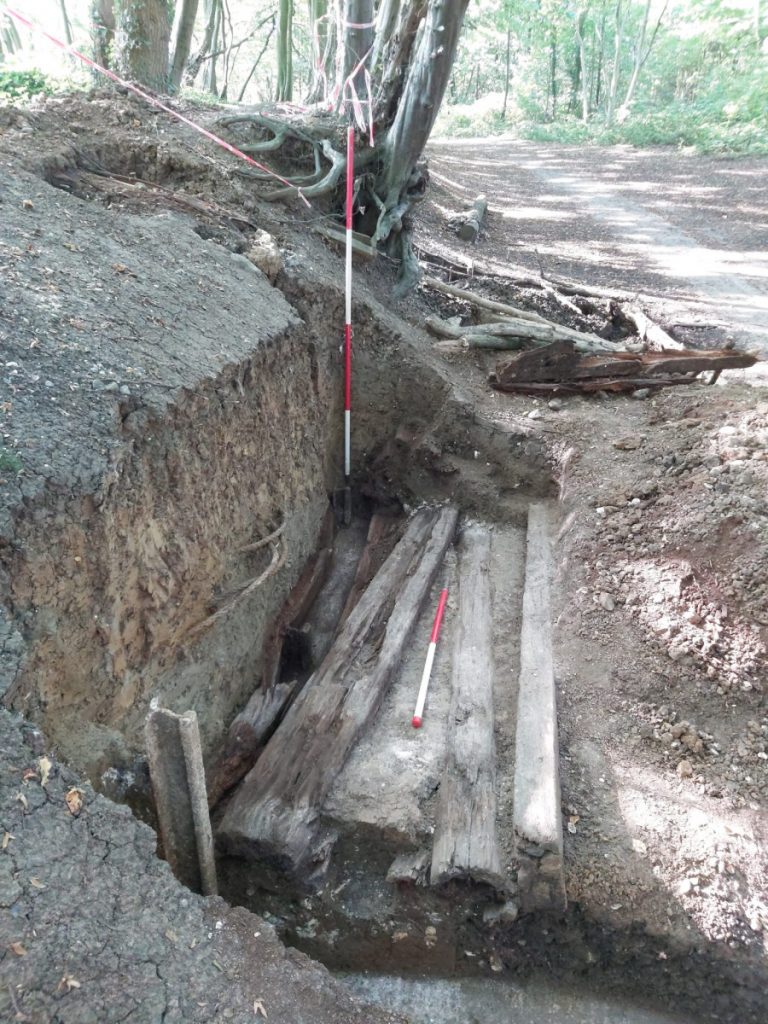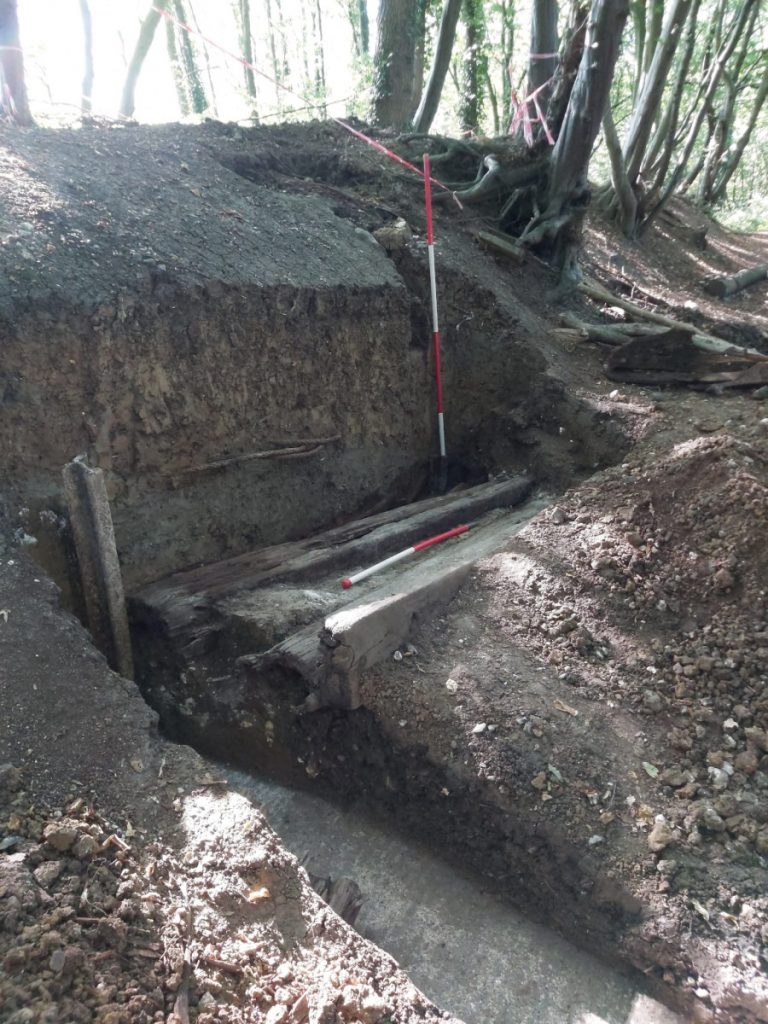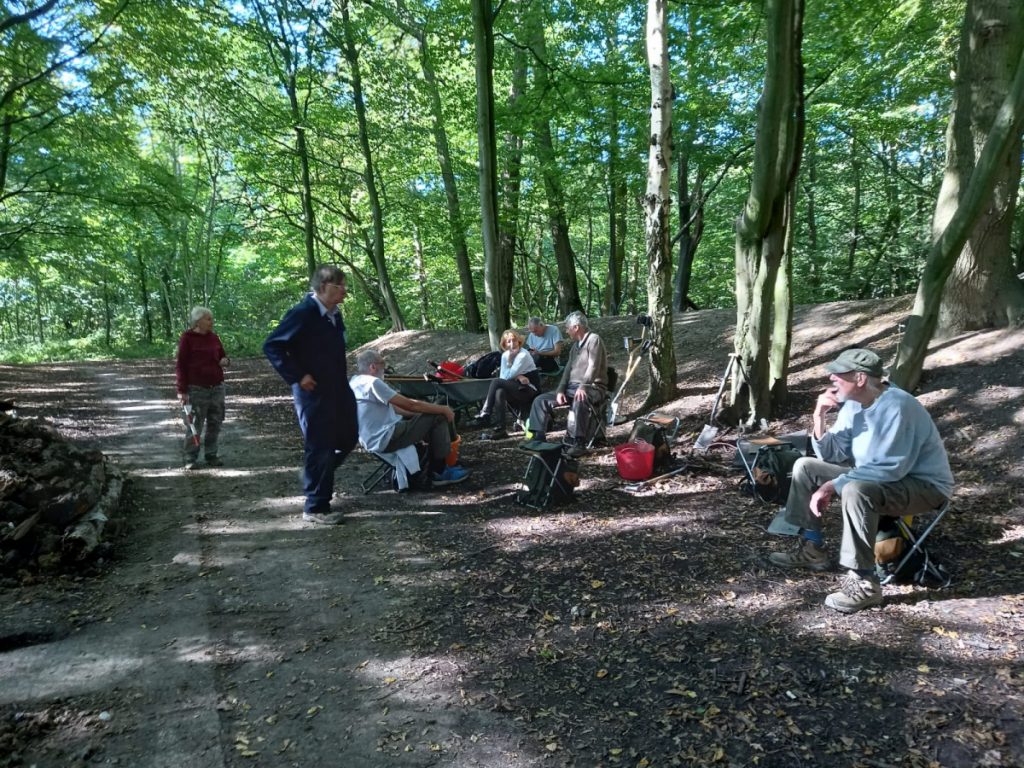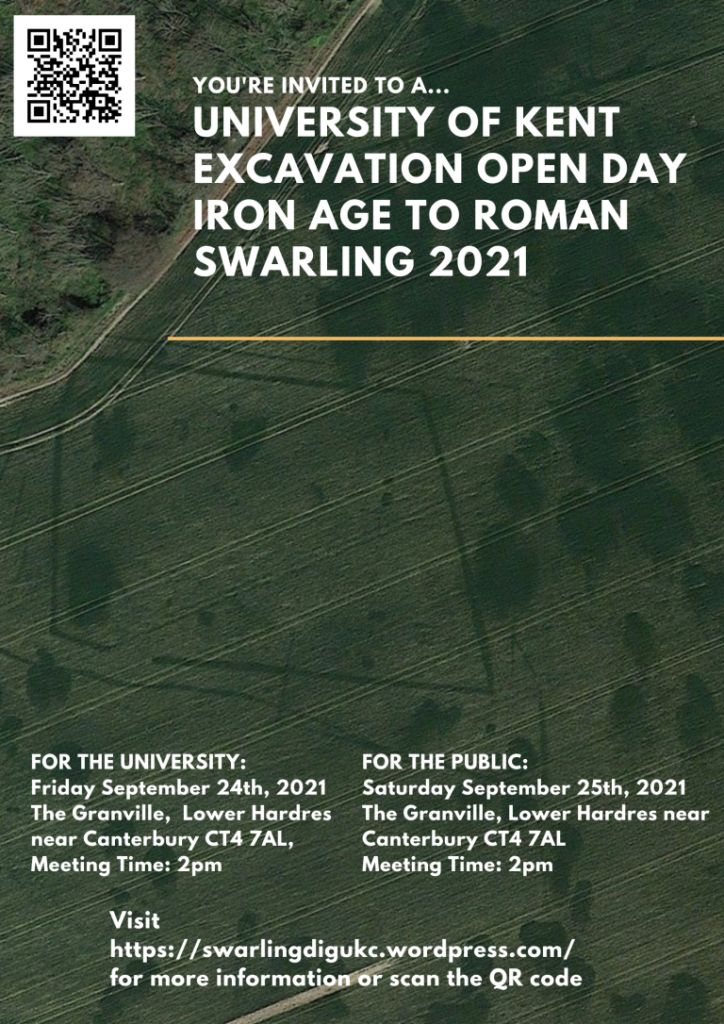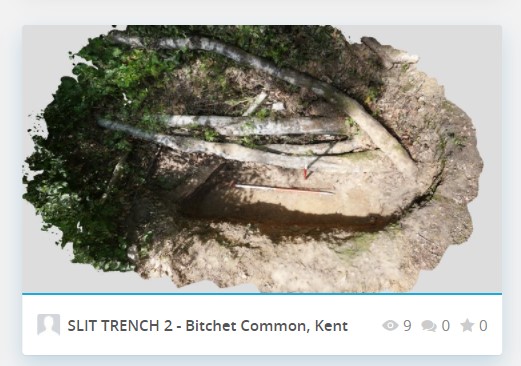Andrew is now involved with the Royal Parks and will be investigating the Saxon barrow cemetery at Greenwich. Some of the SWAG team will be helping as well. This video has more details:
-
Recent Posts
Tags
- anglo-saxon
- archaeology
- artefacts
- bronze Age
- ceramic
- clay works
- cobham hall
- cobham landscape detectives
- cobham village
- community
- conservation
- education
- environmental
- excavation
- fieldwalking
- flint
- fort amherst
- gravesend
- greenwich
- history
- hoo peninsula
- industry
- iron age
- landscape
- LiDAR
- lullingstone
- mausoleum cottage
- medieval
- mesolithic
- metal
- photography
- prehistory
- RAF
- randall manor
- ranscombe farm
- roman
- shorne woods country park
- social history
- stone
- survey
- thanet
- tile
- trosley
- world war II
- YAC
-

-

